Podcast: Play in new window | Download (Duration: 28:48 — 27.0MB) | Embed
Subscribe: Apple Podcasts | Spotify | Amazon Music | Email | RSS | More
Do you know what a strawberry really tastes like? Have you ever truly noticed the texture of a piece of chocolate? Or the flavor of it?
If you haven’t – and if you tend to overeat, eat emotionally or compulsively -, you’re missing out on one of the most beautiful sides of life: the colors, flavors, textures, sounds and feelings you can – and should – experience when you put food into your mouth.
This concept of being truly present is called mindful eating. I’ve been doing a lot of research on this topic and it has led me down a few fascinating paths. I’m going to get a bit technical here, so bare with me for a moment. J
Basically, there are two ways of describing the practice of mindful eating.
It is the process of noticing what you eat (aka. paying full attention to the experience of eating and drinking, both inside and outside the body. We pay attention to the colors, smells, textures, flavors, temperatures, and even the sounds (crunch!) of our food. ) and it describes the practice of eating what you want, when you want.
Mindful eating – is it even possible?
There are a lot of polarizing views on eating mindfully and whether it is even possible for us human beings living in this crazy world.
Dr. Brian Wansink, the author of Mindless Eating – Why We Eat More than We Think, writes about his research regarding the way we relate to food. He shares the many reasons we don’t – and supposedly can’t – eat mindfully, why our stomachs can’t think, how we’re being manipulated by the food industry, how we use external clues to figure out our hunger and satiation levels and more.
If you listen to his research, we are nothing more than machines, operating on autopilot, having completely lost trust in our own abilities to experience hunger and fullness, satiation and lust.
Discouraging.
On the other hand, Geneen Roth talks about our innate ability to eat mindfully, giving our bodies what they want, when they want it and therefor arriving at our natural weight and staying there. She knows what she’s talking about as she’s recovered from several eating disorders and has helped tens of thousands of women doing the same.
Very encouraging.
And in fact, Dr. Wansink shares that 3-year olds *know* when they’re hungry and full, totally neglecting external cues and relying on their inner wisdom for guidance.
But then, by the time we’re five years old, we’ve already lost that beautiful way of relating to food and instead of looking inward, we’re focusing on the outside.
It’s sad, but it’s also hopeful because it clearly shows that we do have the ability to relate to food in an easy, light way. We just have to find our way back to it.
How do we do that?
How do we go back to that beautiful place of self-trust? We start small with these ten simple steps.
- Focus, focus, focus. Put the computer away. Silence the phone. Turn off the TV and don’t eat while driving in the car. The less distractions the better!
- Eat in silence. Eating in silence might be scary for some, but it’ll definitely enhance your experience of food and nourishing your body. Try it at least once and see how your senses perceive eating on a completely new level.
- Eat alone. Taking step number 2 a little bit further, try to eat alone at least once a week.
- Sit down! Or as Geneen Roth would say: When you eat at the refrigerator, pull up a chair… Make it a rule to only eat whenever you’re sitting down. This gives you space for pause and reflection and also keeps you from eating out of habit or when you’re bored.
- Concentrate on what is in your mouth, not on your plate.
Gulping down handfuls of food in minus three seconds is part of emotional eating, but you can stop it by focusing on each mouthful of food. Really notice the texture, the flavor, the way it feels in your mouth, the temperature and the sounds it makes when you bite into it. Try to stay in the present moment and become truly aware of what is going on in your mouth.
Do you even like what you’re eating? Does it even taste?
- Chew. When you’re in the zone, you don’t chew. Try to change that by actively focusing on the process of chewing.
- Use forks and knives! Eating with your hands may be convenient, but it’s also a certain way to overeat. Use your forks and knives and put them down between mouthfuls to give yourself time to chew, taste and experience food.
- Let go of the need to eat “huge amounts”. When I circled in the binging/starving cycle, I always thought that once I was healthy, I’d always eat HUGE amounts of food. However, that’s not true. You need less than you think (that is, once you’re at a healthy weight!) and if you focus on quality instead of quantity, your wellbeing will improve.
- Make it a process. Cook for yourself, decorate the table and learn to appreciate the whole process of eating. Remember that eating is not just fuel for your body, but it can also be a wonderful ritual.
- Start small. Don’t overwhelm yourself with the notion of needing to do this perfectly today. You’ve been caught in a different world for way too long to be able to move into the realm of mindful eating over night. Give it time and start small. Maybe you want to eat mindfully once every week and then after a month, go up to twice and so on.
Be patient with yourself and practice radical self-compassion in this time of transformation. Incorporating mindful eating into your life will bring up many issues for you, so be especially attentive during those months.
Let me know how it goes and most importantly, share your thoughts on mindful eating and whether it’s possible or not.
If you would like to leave feedback, send it to podcast@annesophie.us or simply leave a comment in the comment section below.
You can follow me on twitter: @theannesophie
Thanks For Subscribing To the Your Life Your Success Podcast: 

Note: My podcasts are now also available on Stitcher!
If you like this podcast, why not share it with others?

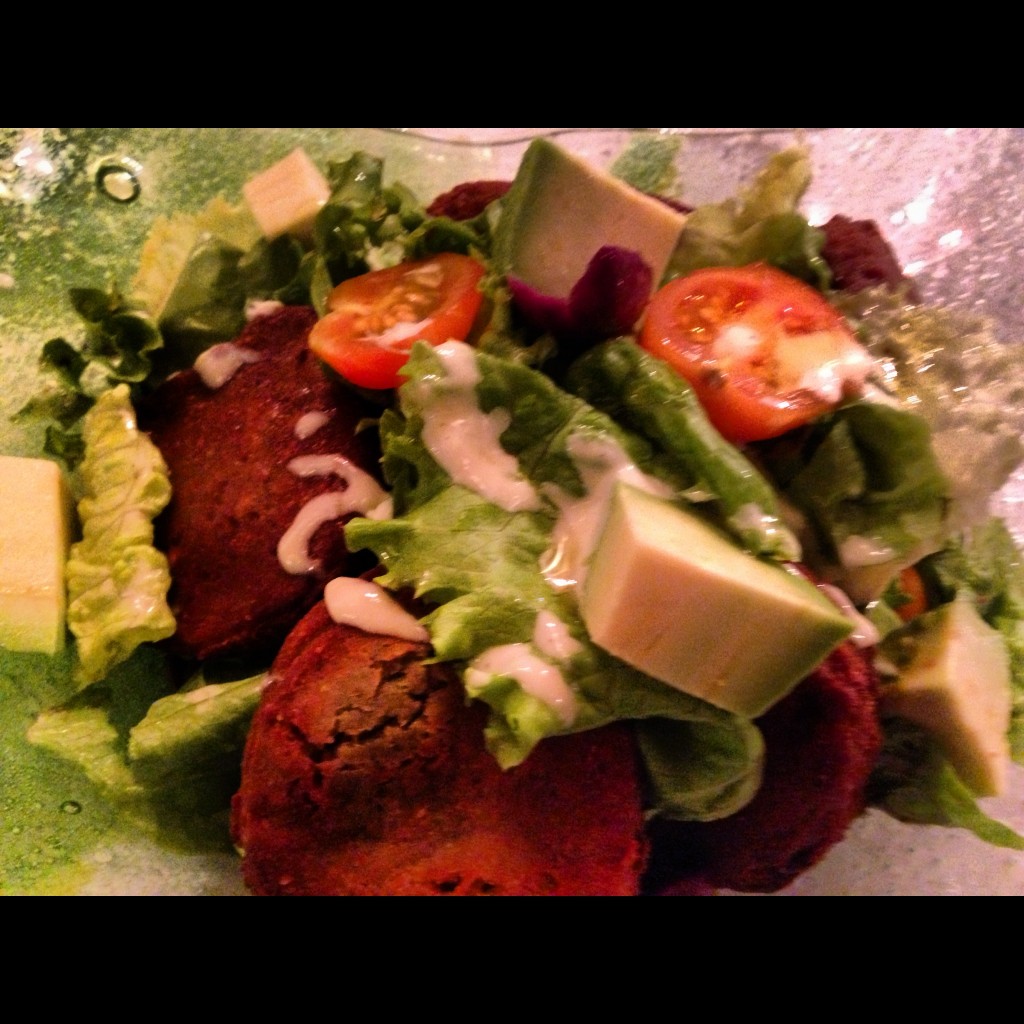


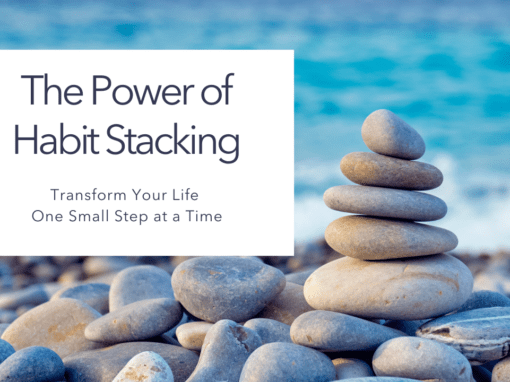
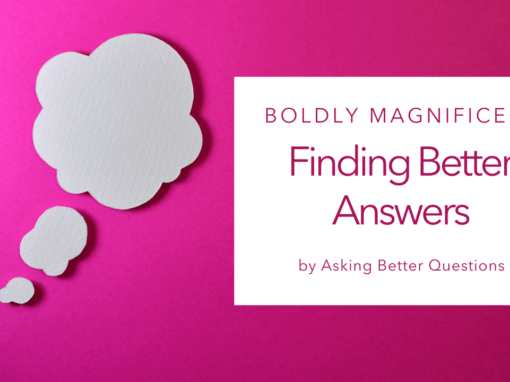
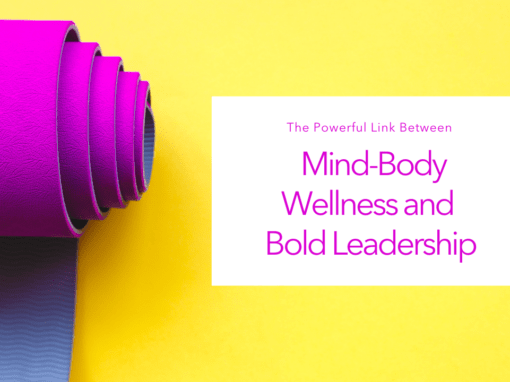
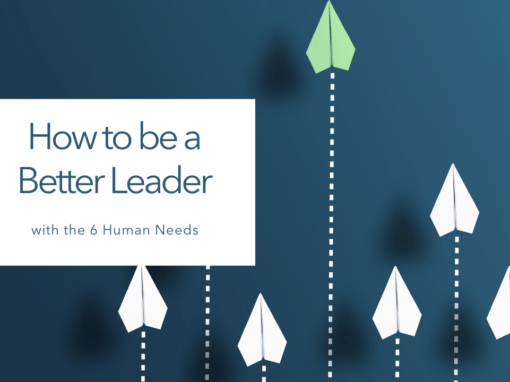
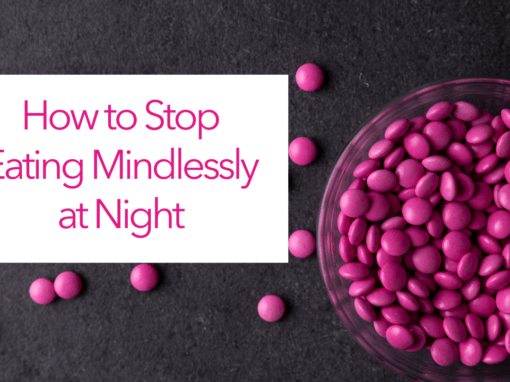

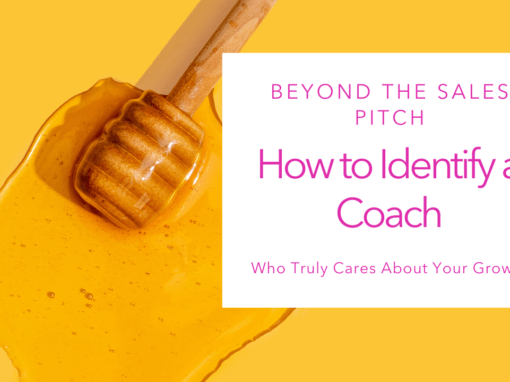
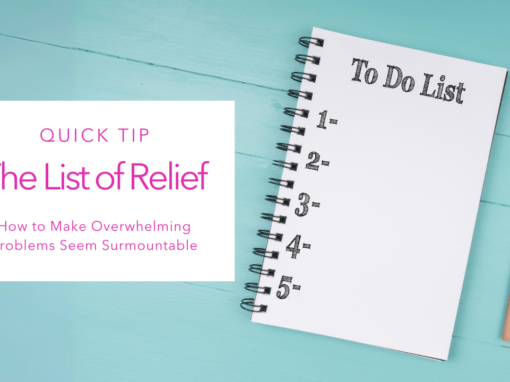
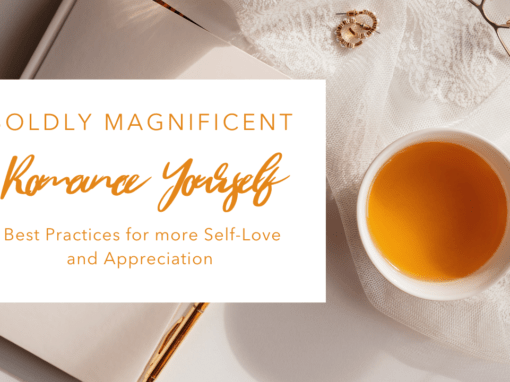
This is great advice! We can avoid a lot of the issues associated with food if we give our body and mind the time to slow down and appreciate it. Also, your point about chewing could be a whole separate topic, because it’s so important to chew thoroughly for proper digestion.
True, Fred. I actually talk about the chewing part in the podcast. I’ve noticed how big a difference it makes. 🙂
I’ve always favoured good food, and good conversation, and used to be a good glass of wine at mealtimes Anne-Sophie. But I can see that it might not be conducive to eating mindfully…so now I’m torn.
Fascinating topic. When I first came to the States I was aware of how much food they put on plates in restaurants and over the years it become natural and then I started to look at how much food I actually needed and I could see that it was much more in keeping with the quantities I used to eat back home in the UK.
So I went back to eating the way I used to and I found pounds dropped off and I wasn’t even on a diet!
Paying attention has paid dividends for me.
e-hugs
Elle
Wow. Thank you for sharing that, Elle. Just shows how that shift in thinking can change your life and help you come back to your natural body weight. Love that. BTW, a good conversation and a glass of wine sound like wonderful companions to me; as long as they’re not completely overriding the experience of eating.
Great article Anne-Sophie!
I think the key you hit on for me was to remember how a small child eats only when hungry.
When I was little I never ate – my mother worried and worried that I was starving or that something was wrong with me. I have a feeling that her worrying and over-trying to get me to eat somehow affected my natural sense of eating…..thanks for bringing this to light! I’m going to have to dig deep into my intuition for some answer here now that this has been uncovered.
xoxo,
Angela
That’s a powerful realization, Angela. I think this experience could very well have affected your trust in yourself and your body. Hoping you will get to the bottom of it and turn it around.
Much love.
Anne-Sophie